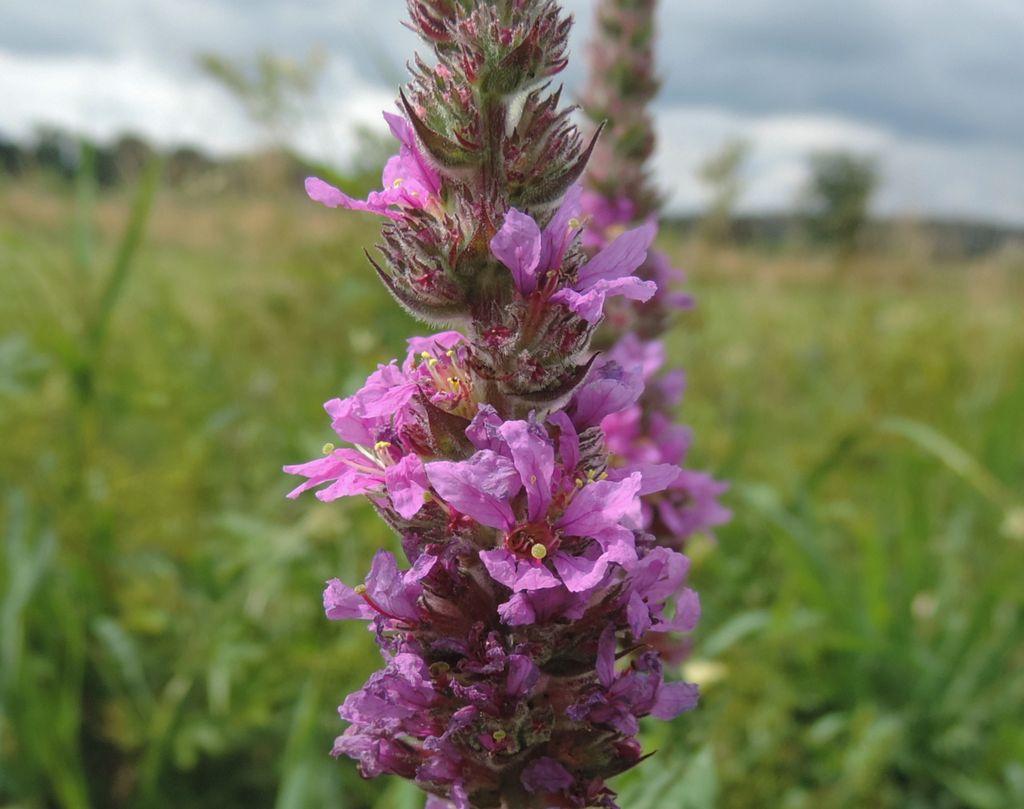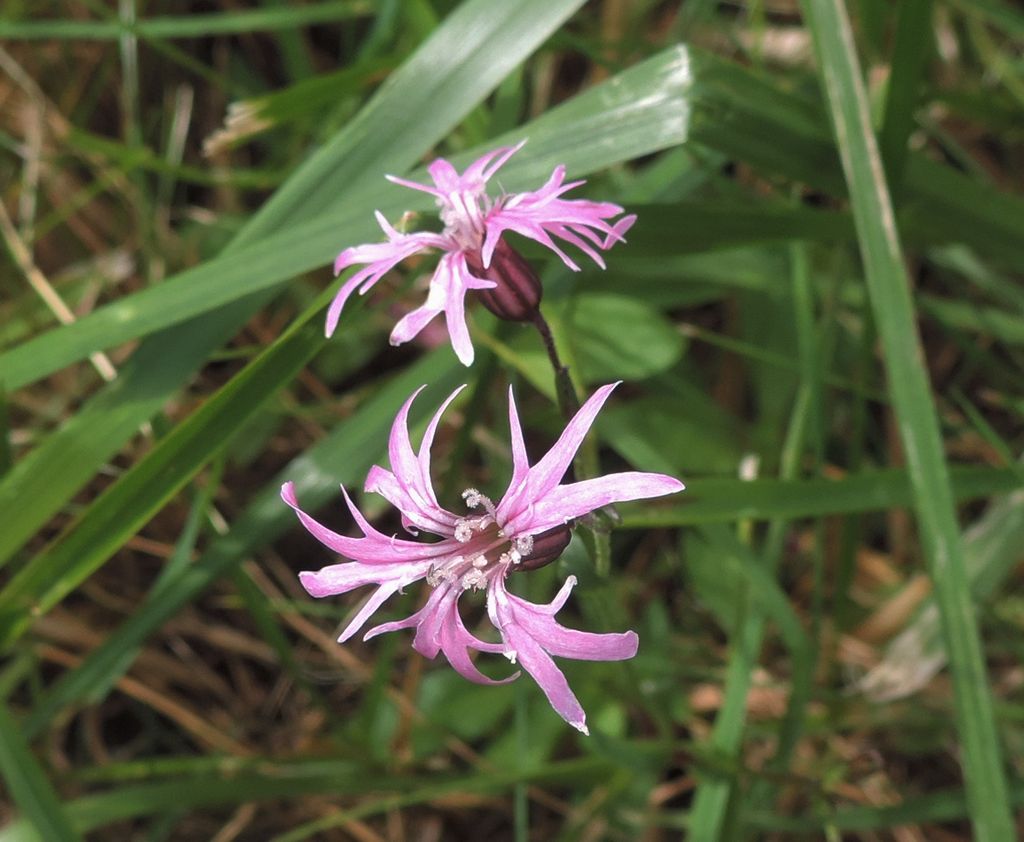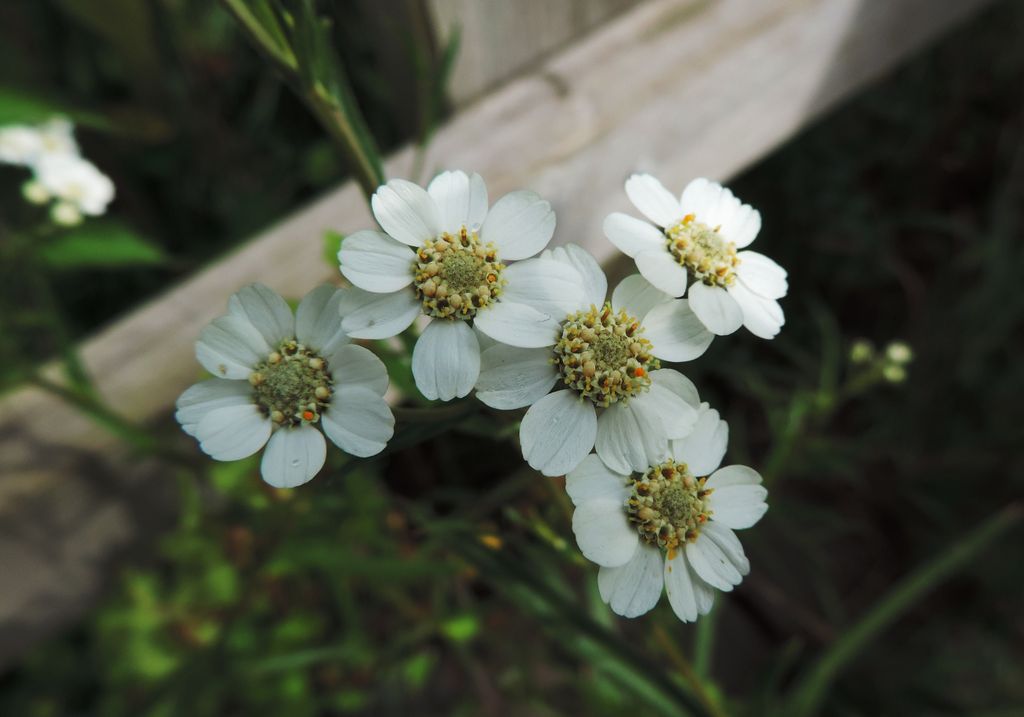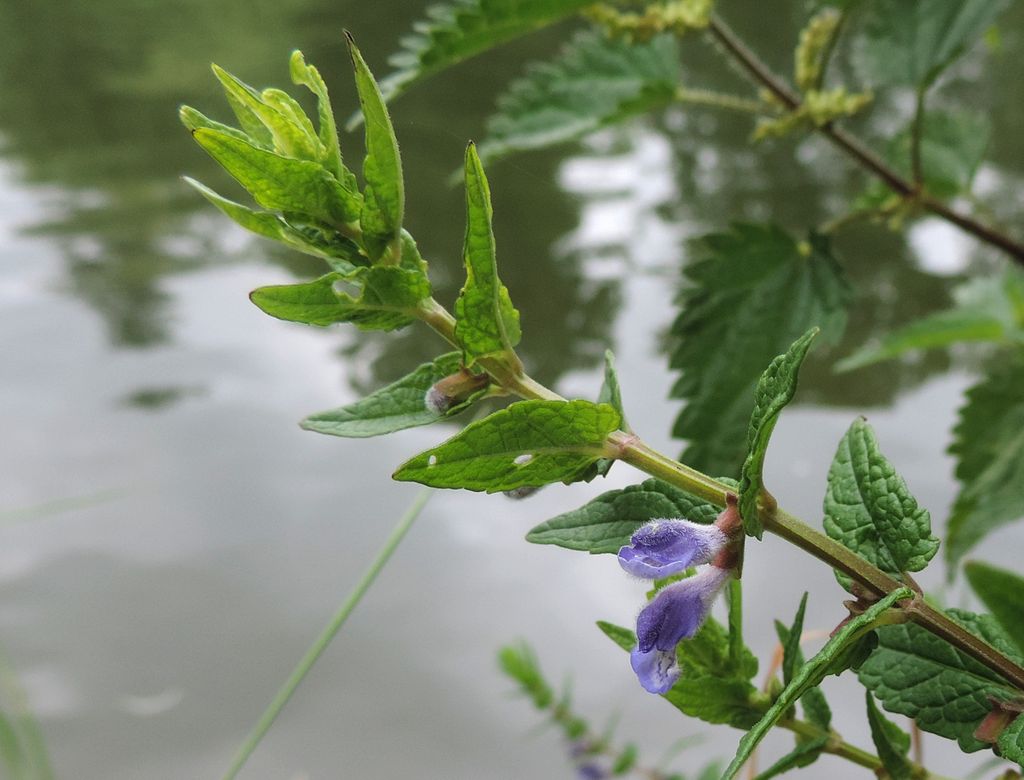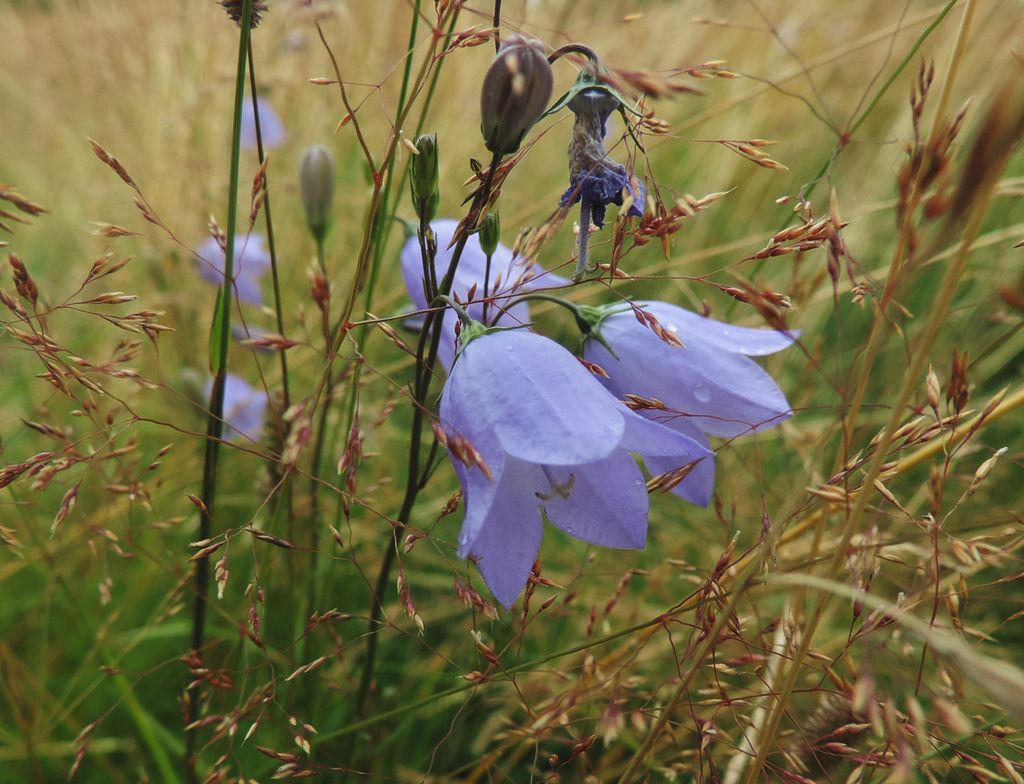Rob Stallard led a well-attended walk around the Pangbourne meadows on Sunday 1 August. It was a grey but bright morning, and the clouds thinned as the walk progressed. The walk started on the east side of the village, where the A329 crosses the Sulham Brook. Looking down from the bridge, the water level was low and the stream bed was choked with Fool’s Water-cress and Hemlock Water-dropwort. The route started out north-eastwards towards the railway line. There was a wide flowery margin at the edge of the field, between the footpath and the stream. Plants seen here included Meadowsweet, Great Willowherb, Hemp Agrimony, Common Comfrey, Teasel, Common Mallow, Welted, Marsh and Creeping Thistle, Black Horehound, Curled Dock and Red Bartsia. Gatekeeper was the most abundant butterfly, with further sightings of Small White, Essex Skipper, Common Blue, Meadow Brown, Peacock and Red Admiral, plus several Silver-Y moths. The route continued along a short stretch of lane, where Vervain and Old Man’s Beard were seen, under the railway and out into the fields to the north. Following the stream, further sightings included Purple Loosestrife, the unrelated Yellow Loosestrife, Common Mallow, Woody Nightshade, Tufted Vetch, Meadow Vetchling, Orange Balsam, Gypsywort, Marsh Woundwort, Ragged Robin and Wild Angelica, together with a Roesel’s Bush-cricket. On reaching the River Thames, there was a brief diversion eastwards to look at Water Dock, Water Forget-me-not, Bulrush and a mystery plant which Rob suggested might be the North American Devil’s Beggarticks Bidens frondosa. Rob pointed out the outflow location of the pipeline from AWE Aldermaston. Retracing their steps, the group then turned round and headed upstream along the Thames Path towards Pangbourne. Sightings along this stretch included Yellow Water-lily, Sneezewort, Water Mint, Common Valerian, Meadow Crane’s-bill, Common Fleabane, Water Figwort, Square-stalked St John’s-wort, Skullcap and Stone Parsley. Rob pointed out the non-stinging form of nettle, with longer, narrower leaves than the stinging variety. Ringlet was added to the butterfly list here.
The next section of the walk led through the centre of Pangbourne, southwards along The Moors and out onto the Pang Meadows, where the sky darkened and rain began to fall. The waters of the River Pang were clear and fast-flowing over a gravel bed, very different from the sluggish waters of the Sulham Brook. Black and yellow caterpillars of the Cinnabar moth were feeding on Ragwort plants. Enormous leaves of a row of plants at the riverside were thought to be Japanese Butterbur Petasites japonica. The route then led eastwards across the meadows, where Lady’s Bedstraw and Lesser Stitchwort were seen. Musk Thistle and a Pyramidal Orchid had also been found here on the pre-walk. Then the path crossed onto a gravel terrace and the plants changed, with Harebell, Tormentil, Sheep’s Sorrel and Dwarf Gorse amongst the sightings. After crossing another field, the route turned back northwards along Sulham Lane and followed the Sulham Brook back to the start. A Blackcap chacked loudly from a Hawthorn bush, a Grey Heron was seen beside the stream and the rain finally stopped.
Pictures by Rob Stallard


